Spotter uses iBeacons to provide attendance monitoring and alerting.
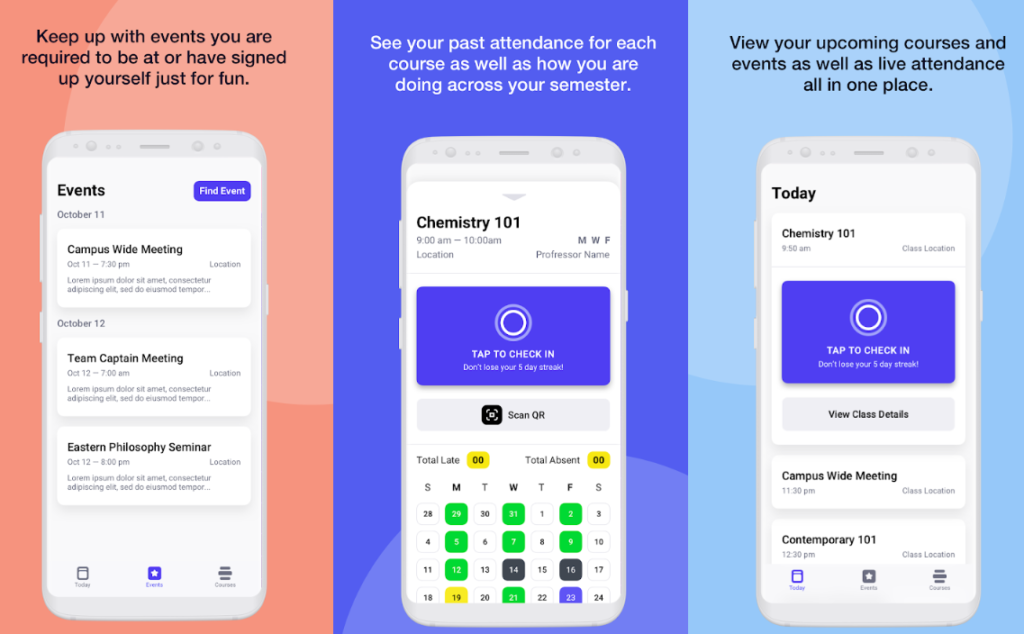
The app for iOS and Android allows viewing of courses, registration for events, tracking of attendance and navigation to classes.
iBeacon, Eddystone, Bluetooth, IoT sensor beacons, apps, platforms
Spotter uses iBeacons to provide attendance monitoring and alerting.

The app for iOS and Android allows viewing of courses, registration for events, tracking of attendance and navigation to classes.
Fielddrive provides machines to manage event visitor flows, providing fast checkin. They also supply the BEACONEX system where wearable beacons track the attendee journey throughout an event allowing show organisers to collect and analyse this data and learn about different aspects of the event.
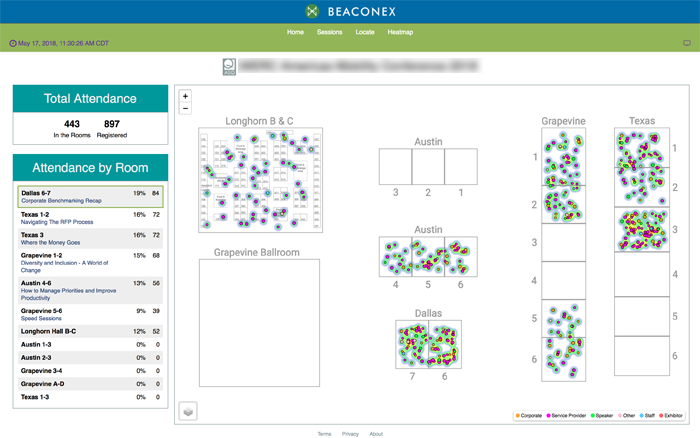
For more information, visit the Fielddrive blog post What Are Benefits of Beacon Technology for Events?
We have added Fielddrive to the Beaconzone Solutions Directory.
There’s an open source BLE Indoor Positioning library for Android that shows how to locate an Android smartphone in a room of beacons. The Android library uses trilateration to determine the location.
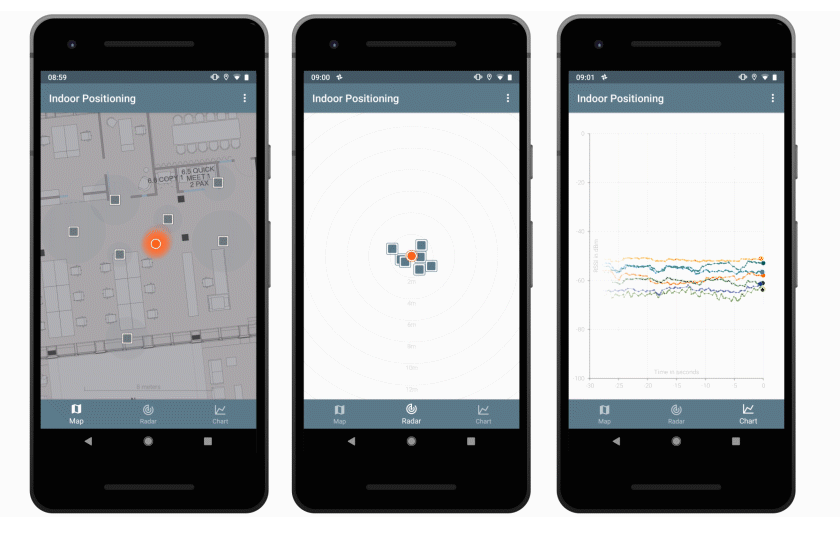
The library is available on GitHub.
There’s a new Linux script called Monitor that scans for the presence of beacons and other Bluetooth devices and reports to a MQTT server.
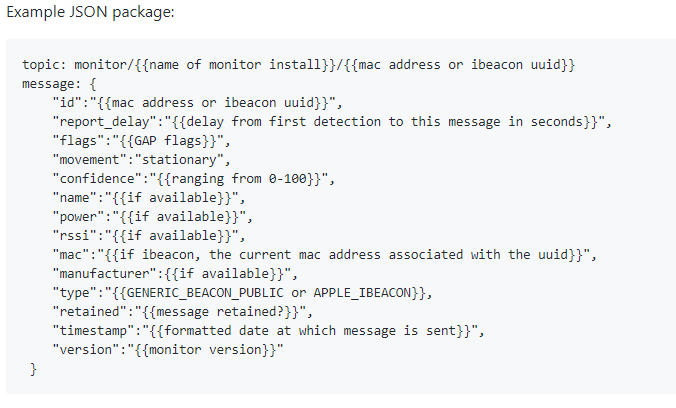
The mechanism doesn’t just scan for beacons. It combines name requests, anonymous advertisements and beacon advertisements to determine when to issue a name request to determine if a device is present and when to issue a name request to determine if a device is absent.
The author, Andrew J Freyer, provides instructions how to set up on a Raspberry Pi Zero W.
Researchers at the University of Toronto and the University of Guelph, Canada, have a new paper on Smart Parking System Based on Bluetooth Low Energy Beacons with Particle Filtering (pdf).
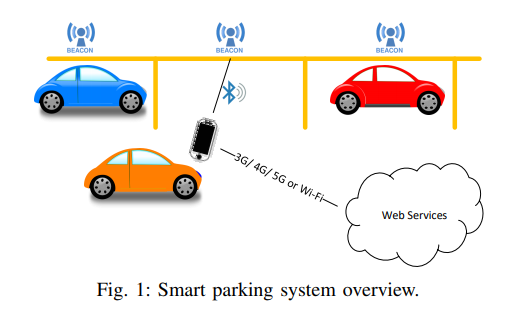
The system uses an Android app and Gimbal Series 21 beacons advertising Eddystone.
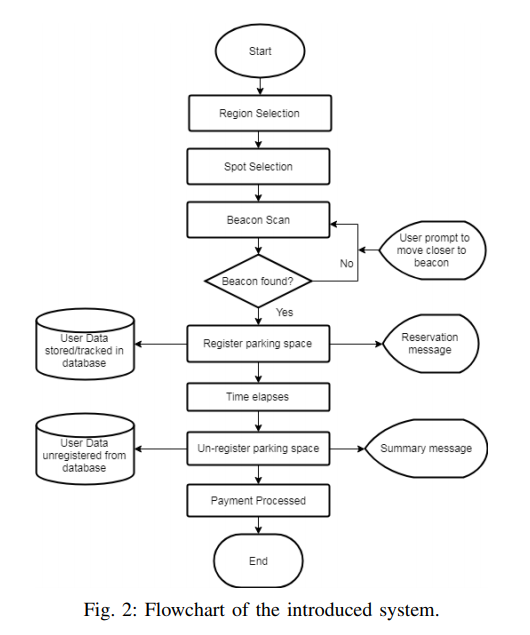
The server side uses an RSSI path loss model, based on Bayesian filtering of RSSI, to improve the accuracy of location estimation.
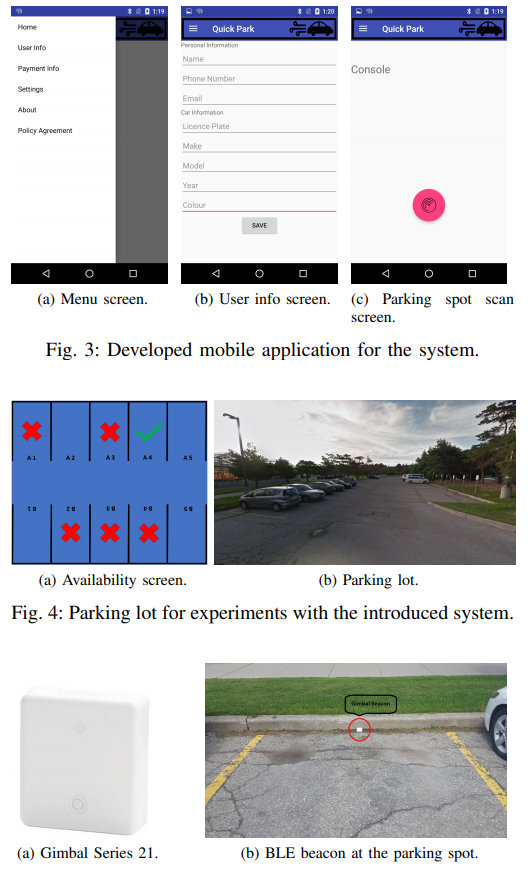
The app provides facilities to register the user/vehicle, locate parking and charge the user based on the exact time used.
We recently came across a Python library, BeaconTools, for working with various types of Bluetooth LE Beacon. It supports iBeacon, Eddystone and Estimote beacons, extracting information from raw binary beacon advertisements. It can also work as a beacon scanner.
Researchers at the Pusan National University, Korea have a new paper on Applying Movement Constraints to BLE RSSI-Based Indoor Positioning for Extracting Valid Semantic Trajectories.
The received signal strength (RSSI) of beacons is often used to infer location. However, the RSSI is subject to reflection and blocking from walls, people and other obstacles causing the derived locations from the raw data to be ‘jumpy’. There are many ways to process the raw data, such as Hidden Markov Models, k-nearest neighbors and Deep Neural Networks (DNN) to obtain smoother trajectories.
The researchers use movement constraints and sliding-window aggregation to extract invalid trajectories and provide real-time semantic trajectories.
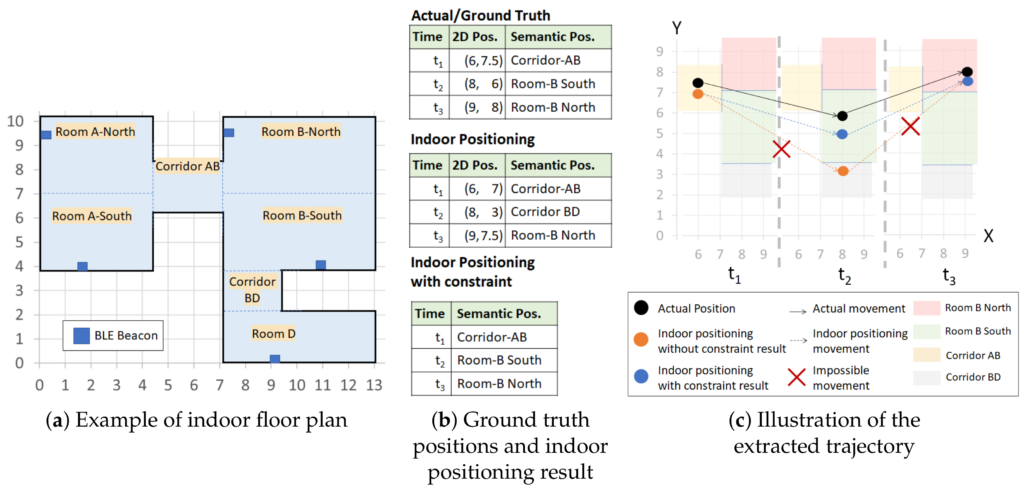
The paper shows the proposed movement constraint-based approach extracts valid trajectories that are comparable to the unconstrained and non-machine language approaches. This new approach is particularly suited to dynamic indoor environments where the reflection and blocking changes over time.
Silicon Labs is a Bluetooth module manufacturer and solutions provider. Over the years they have created a large number of useful technical notes. They have just created a master list that allows easier access to the notes. Here are some that more general, less proprietary and not specific to Silicon Labs’ modules:
Bluetooth advertising data basics
Throughput with Bluetooth Low Energy technology
Bluetooth advertising using manufacturer specific data
BLE Basics (master/slave, GATT client/server, data RX/TX)
In this post we will take a look at data from the INGICS iGS01RG beacon.
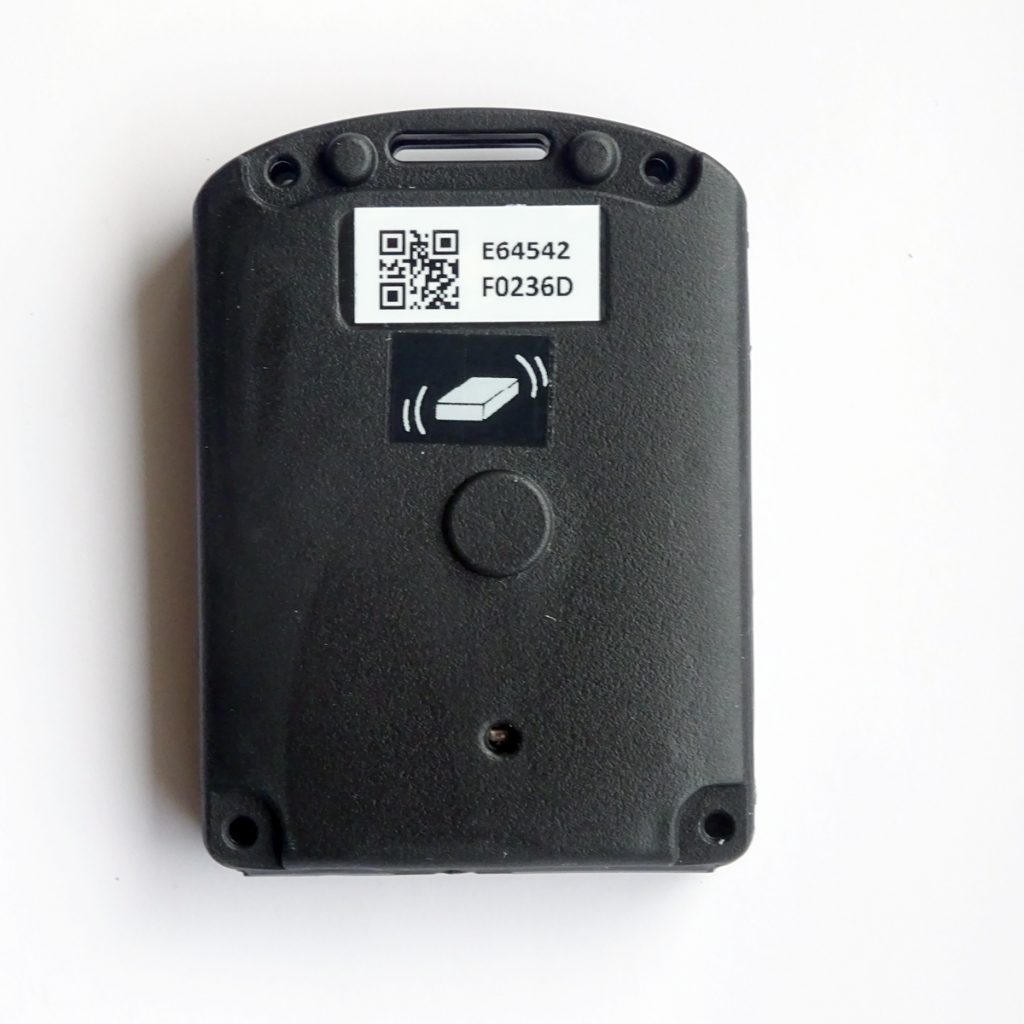
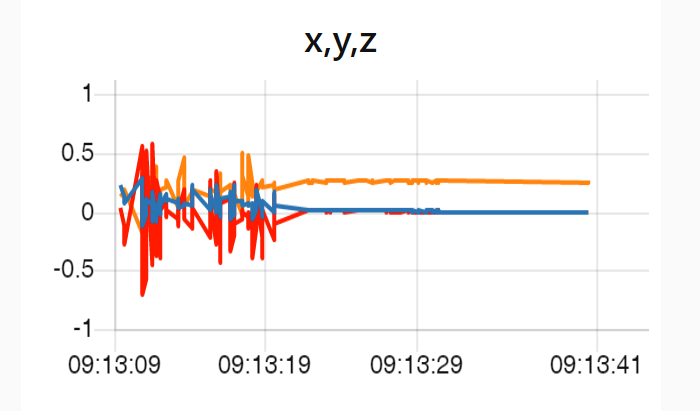
The x axis is time. You can see the x, y and z values, every 100ms, over time. The y axis is normalised between -1 and -1 for use in our SensorCognition Edge device. The chart is for when the beacon has been moving, followed by a stationary period. Notice how the orange line continues to show acceleration even though the beacon isn’t moving. This is caused by gravity.
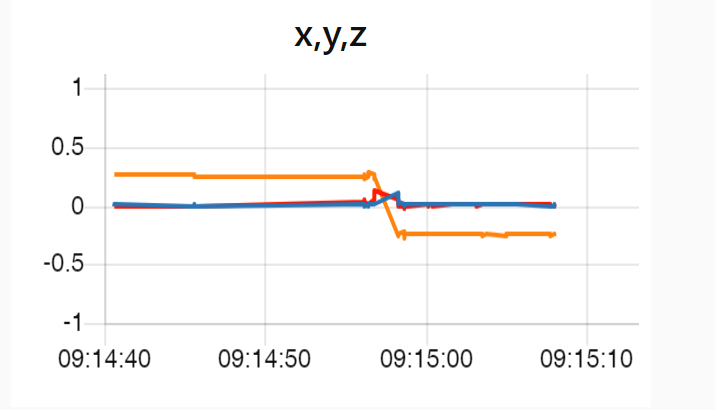
In this chart the beacon has been flipped over and the orange line now shows a constant negative acceleration.
A good thing about the presence of a constant offset in one of the x y z inputs is that it can be used to help determine the orientation of the beacon. The less desirable aspect is that the offset significantly complicates using the x y z to determine types of movement such as human gestures.
Such complex data problems are more easily solved using AI machine learning than trying to write a traditional algorithm to make sense of the data.
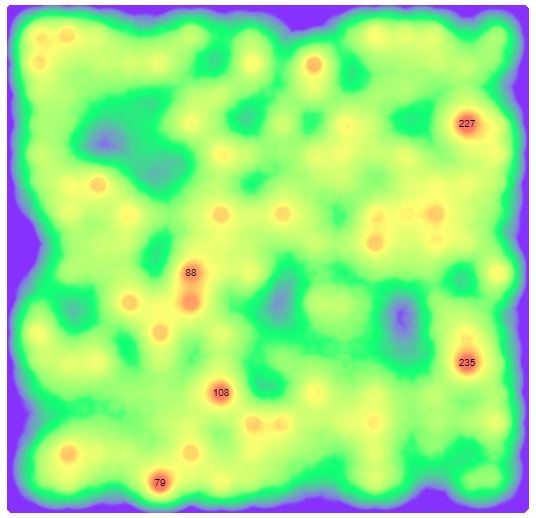
Here’s an example of output from a SensorCognition Edge device trained with up and down movement and left and right movement. In this case, the output 227 is showing the beacon is moving left and right.
Read about SensorCognition
TRBOnet is control room software for Motorola MOTOTRBO™ two-way radios. When used with iBeacons, it allows mapping of 2-way radio locations.
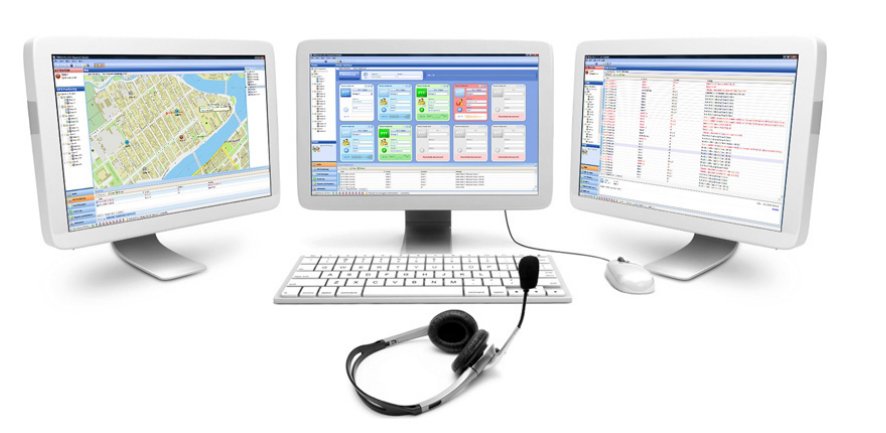
The location update rate depends on the degree of radio congestion. The more radios there are the greater the congestion. The use of iBeacons also increases radio congestion as they cause more location packets to be sent. This can become a problem in larger 2-way radio/beacon rollouts.
In cases where a 2-way radio can see more than one beacon, the TRBOnet server uses the relative signal strengths of the beacons to determine the nearest beacon. In the case of radio congestion, the location updates for the two or more beacons might be two far apart, in time, to allow an accurate location to be determined. In congested situations, location updates used for geofencing or man-down might also come in far too late, say 5 minutes late, to provide timely alerts that someone has entered/exited an area or has fallen.
Neocom Software, the authors of TRBOnet, have introduced an Option Board based solution (pdf), that fits in the 2-way radios, that solves these problems. It monitors beacons every 3-5 seconds instead of the standard 30 seconds. It does the comparing of beacon signal strength at the 2-way radio rather than at the server to reduce the number of sent location packets. It intelligently sends location packets as the user changes zone rather than continuously.
The configuration guide (pdf) explains how the option board can be set up to detect events such as man down, geofencing, lone worker (no activity), no movement, crash detection and speed limit.
Are you an established 2-way radio company?
Contact us for advice on which beacons we have supplied for use with TRBOnet.